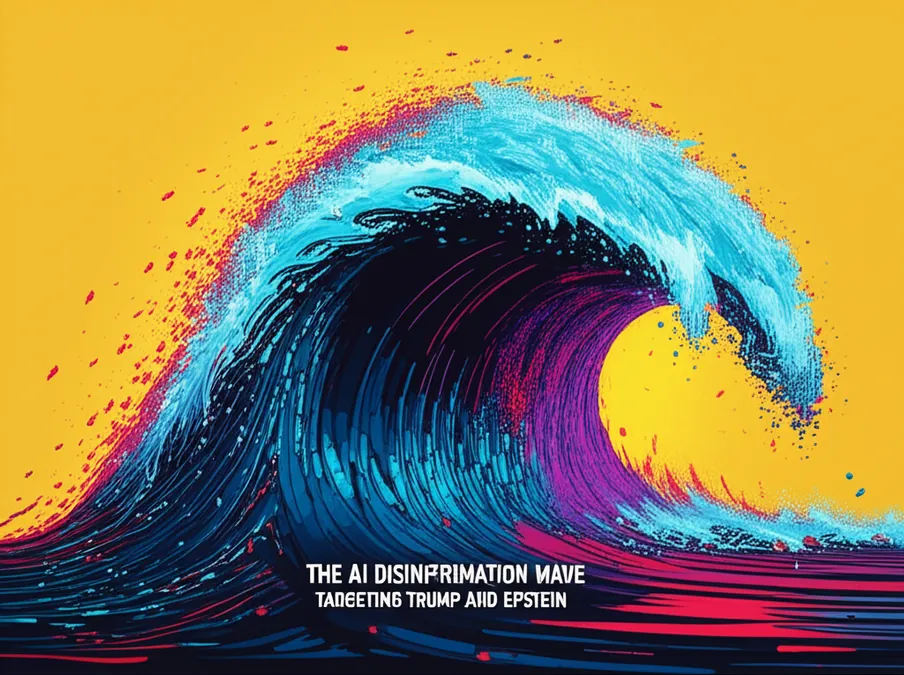Developer Offer
Try ImaginePro API with 50 Free Credits
Build and ship AI-powered visuals with Midjourney, Flux, and more — free credits refresh every month.
The Evolution of Fal ai From Optimization to Generative AI
While enterprise AI has heavily focused on text-based applications like data analysis and generation, a new wave of generative media is transforming marketing, social media, and more. Platforms like Fal.ai are at the forefront, enabling businesses to create images, video, and audio. We explore the journey of Fal.ai with insights from its CEO and co-founder, Burkay Gur, and lead investor Glenn Solomon, a managing partner at Notable Capital.
From Infrastructure Optimization to Generative AI
Today, Fal.ai is a hub for hundreds of generative models, including video models like Wan Pro and Kling, image models like Flux, and audio models from companies such as Minimax. However, the company's original mission was quite different. Launched in 2021 by Gur, who previously honed his skills in machine learning at Coinbase, Fal.ai initially aimed to optimize Python runtimes to accelerate ML models.
"We actually thought that a lot of the really great companies in the last five years then were all focusing on compute and infrastructure," Gur explained. "We'd seen some greats like Snowflake, Datadog. And we thought the next big trend was going to be happening in compute for machine learning.”
Gur's time at Coinbase revealed a significant gap in tooling and infrastructure for machine learning. But just as they started addressing this, the AI landscape was upended by the sudden rise of generative models like Dall-E and ChatGPT.
"We realized that this major shift in the market is going to lead to a massive shortage," Gur noted. The key insight was centered on inference. Traditional ML models were smaller and rarely required GPUs for inference, but the new, larger models were different.
Speed and Efficiency The Core Advantage
These powerful new models demanded significant GPU power for inference to be practical, especially as their user base expanded far beyond traditional machine learning specialists. The Fal.ai team saw their opportunity and pivoted, starting with image models.
"We got pretty obsessed about how do we optimize these models? How do you run them more efficiently? And that’s kind of how we entered this market,” Gur said.
As the AI tooling space matured and became more competitive, the Fal.ai team understood that being solely an optimization company wouldn't be a sustainable long-term strategy.
Investor Glenn Solomon emphasized that while speed is a crucial component, it's just one part of the value proposition. "It’s pretty tough just to be an optimization company," Solomon stated. "The people we spoke to on both sides of the market... really understand the value that Fal brings to the table, which, as Burkay mentioned, a big part of that is speed. Speed is so important because this market is moving quickly. And if you’re a developer, you’re trying to deliver a service to your customer that takes advantage of the latest and greatest models... and if things run slowly, that’s a real problem.”
Building for Developers and Beyond
To serve a wide audience, Fal.ai provides both API access for developers and a user-friendly web frontend. Gur highlighted the success of this dual approach: "One of the best things we did... is we’ve built a developer product, but it’s also extremely easy to use for... non-developers... without diluting the developer and technical-first experience."
He added, "Turns out, if you build a really, really good developer product, you’ve also built a good product for non-technical people — and those definitions are even changing now.”
Recognizing that the infrastructure for AI workloads still lags behind traditional web development, Fal.ai built much of its own stack. This includes a proprietary inference engine and even a custom Content Delivery Network (CDN) to ensure performance and reliability.
The New Economics of Creativity
The rise of generative AI inevitably raises philosophical questions about its impact on creative professionals. Gur acknowledged the initial controversy but noted a shift in perspective as artists and creators begin to adopt these technologies as powerful tools.
He shared a compelling framework from his co-founder, Gorkem Yurtseven, distinguishing between the "cost of creativity versus cost of creation."
"These models really just reduce the cost of creation by insane amounts... But the cost of creativity is still high," Gur explained. "You could even argue the cost of creativity may even go up because creation is just so available and so ubiquitous." In this new landscape, the value shifts from the technical act of production to the unique vision and ingenuity behind it.
Compare Plans & Pricing
Find the plan that matches your workload and unlock full access to ImaginePro.
| Plan | Price | Highlights |
|---|---|---|
| Standard | $8 / month |
|
| Premium | $20 / month |
|
Need custom terms? Talk to us to tailor credits, rate limits, or deployment options.
View All Pricing Details

